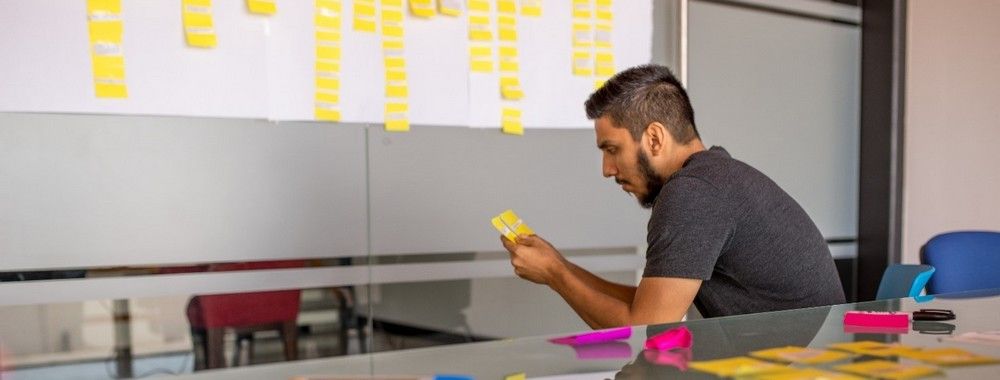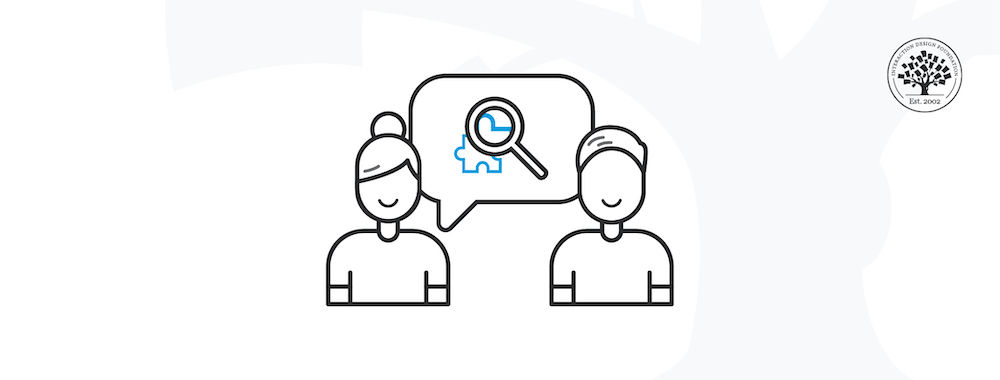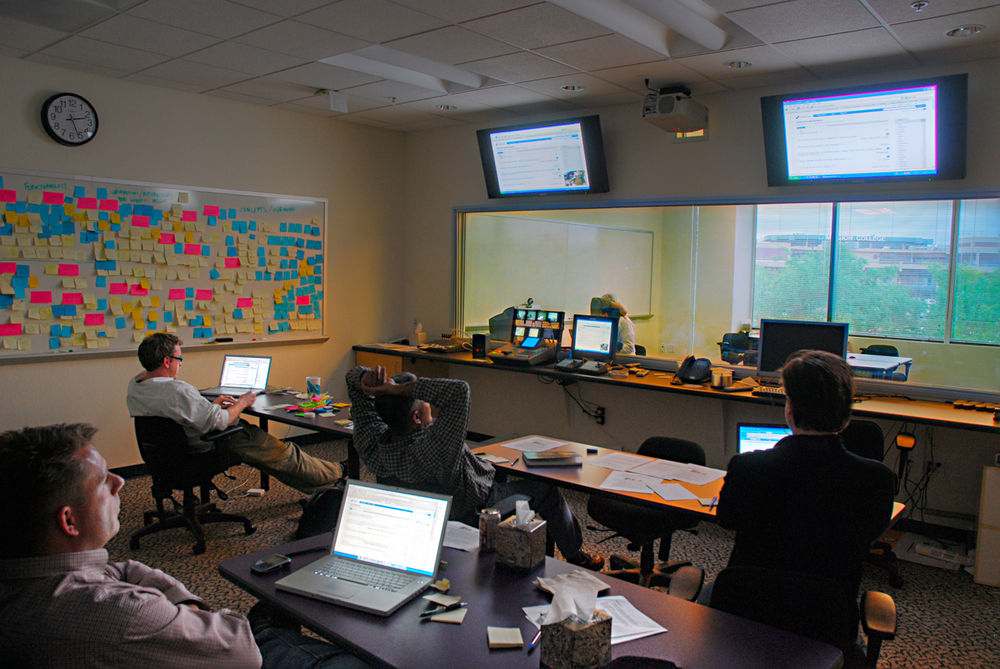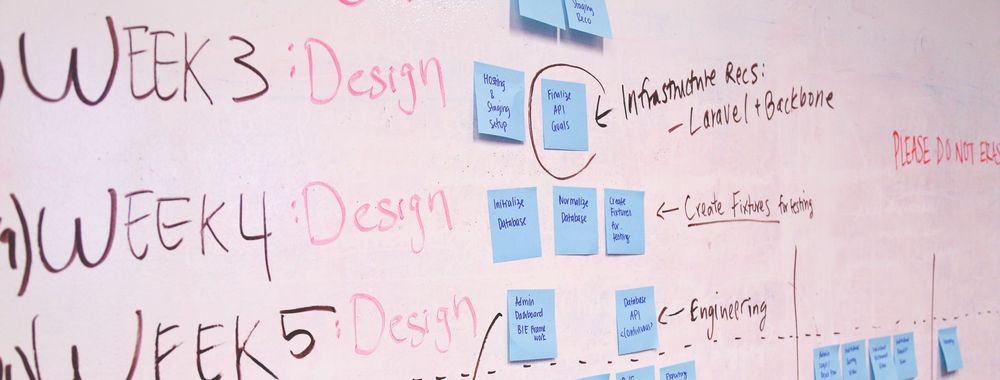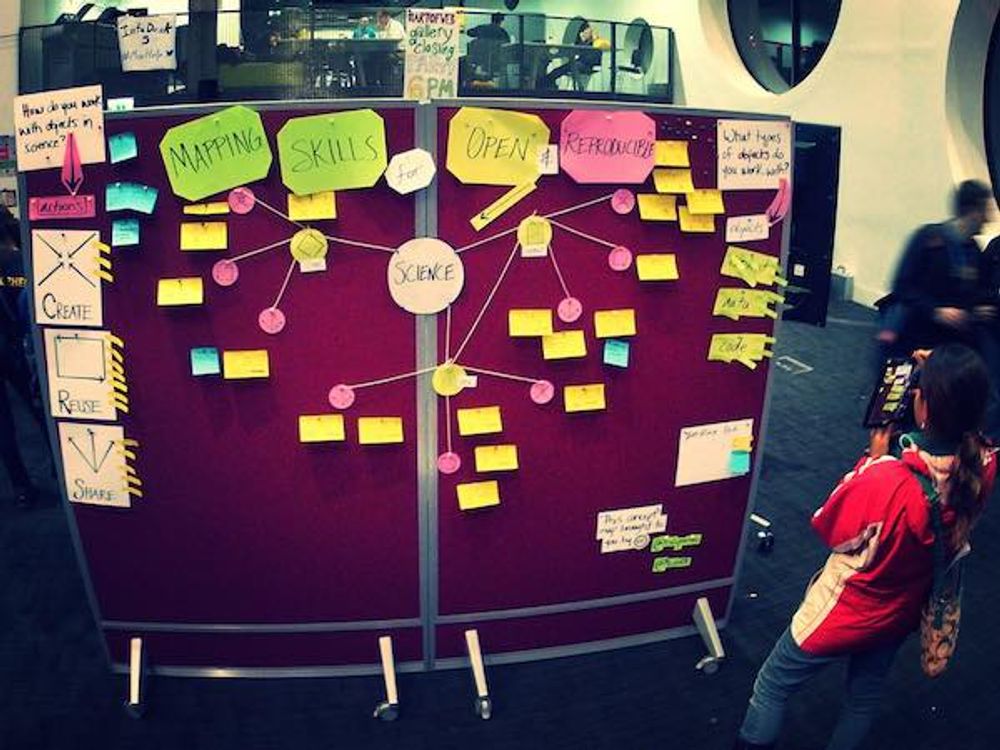If you want to do a user research project, it is important that you involve the relevant stakeholders in your planning. Your stakeholders can help ensure that the research you do is as relevant as possible for your project and that the people you need support from have an invested interest in your research. In-house and independent designers have different challenges in relation to research stakeholders, but there are also a lot of overlaps. Here, we will look at different types of stakeholders, why you need to involve them in your project, and how to do that so you can make the best use of this keystone part of a design journey and hence optimize your output.
Why Involve Stakeholders?
Let’s start with an example to highlight the importance of involving stakeholders in your research project. Say you are a designer working on the UX team in a company that develops smartphone apps. One of your responsibilities is to come up with concepts and designs for new features of a fitness app. You feel as though you lack input about how your target group exercise and use their phones. So, you talk to your project manager about doing a small ethnographic user research project so as to ensure that the new features are as relevant as possible to your customers. Your project manager agrees, and together you decide that you can take some time to do a number of interviews. You do the research and get excellent input for new features and improvements of the app that will make it relevant to a whole new customer group and really make a difference in their daily lives. Full of enthusiasm, you return to your company and share your great new insights and ideas. And, sure enough, your co-workers think your insights are interesting, and they also quite like your design ideas. However, for some reason, that’s as far as their enthusiasm goes. When it comes to implementing your ideas and changes, nothing really happens. Disappointed and, frankly, a little dejected, you wonder why you bothered with research in the first place if nobody cares about it.
Considering our topic here, you can probably guess what went wrong: You failed to involve your most important project stakeholders. Although your research was good, you did it without ensuring that you had backup from the people you work with and without getting all the relevant information.

Author/Copyright holder: Max Braun. Copyright terms and licence: CC BY-SA 2.0
You need your stakeholders to have co-ownership of your research project so that you do the most relevant research and have the backup to make changes based on your research.
Your co-workers did not fail to act because they don’t care about research, but their interests might be different from yours. The developers think your idea is interesting, but it is technically difficult, and they don’t have the time to experiment with new solutions. The CEO of your company has some ideas she thinks should be implemented first—and she is questioning whether you should have talked to a slightly different target group that fits better with the long-term strategy of your company. The marketing people are saying that they already did marketing research on the different target groups, and they thought that your target group would be too difficult to engage; so, they recommended focusing on someone else. In an example like this, it sounds obvious that things should have been done differently, but in messy everyday life, we often have a limited perspective and fail to realize when we are lacking in information or support. An analogy that’s in keeping with the spirit here might be a commanding officer who calls in to report his men have captured an enemy position and that the way should be clear for reinforcements, only to hear that intelligence has come in, there’s been a change of plan, and they are to retreat immediately, as the high command see matters very differently now.
"You can have brilliant ideas, but if you can't get them across, your ideas won't get you anywhere."
— Lee Iacocca, American automotive business legend
Involving stakeholders can be a complex task if you work on a big project for a big company. In the following section, we will explain exactly what steps you need to take. If you work for a small company or a start-up, involving stakeholders can be a straightforward task that doesn’t require a lot of formalization. In that case, you might be able to skip some of the steps below, but knowing about them can help you ensure that everyone agrees on the direction of your project.
So, let’s look at how to get a better overview of your situation before you start doing user research.
Who Are Your Stakeholders?
Whether you are an internal or external designer, you need to ensure that you have a clear goal for your user research that is shared by the rest of the organization you work for and that you have the support of the most important stakeholders in your project. The Project Management Institute defines project stakeholders as: “An individual, group, or organization, who may affect, be affected by, or perceive itself to be affected by a decision, activity, or outcome of a project.” This definition covers a broad range of people. Who your most important stakeholders are obviously depends on your particular project and work situation. So, before you start a user research project, it’s worth taking the time to map out who the most important stakeholders for your design project are. If you are an external designer, you probably need your contact person at the company you are working with to help you identify key stakeholders for your project.
In small projects or companies, you might only have a couple of important stakeholders, and, in that case, involving your stakeholders is a straightforward matter. You can easily identify them, and you already have ongoing discussions with them about the direction of the project; so, you might just need to ask a few clarifying questions about the direction of your project.
In larger projects or companies, you can have so many stakeholders that getting an overview will prove tricky. In the book It's Our Research: Getting Stakeholder Buy-in for User Experience Research Projects, UX researcher Tomer Sharon divides stakeholders in UX research into three overall categories:
Business
Engineering
UX people
Business refers to people such as upper management, product managers, marketing people, and salespeople—either in your own company or in your client’s company. They can help you ensure that your research is on track with current business goals. The support of upper management is invaluable to ensure that you have the time and resources needed for your research and that the company will invest in any design changes that might follow from your research.
Engineering stakeholders are, for instance, developers, quality assurance people, and technical/customer support. Engineering stakeholders can give you information about technological limitations and possibilities. Moreover, developers are the ones who must implement any design changes that might come from your research project.
UX stakeholders are the other designers and researchers working on the project, as well as the technical writers who write the user guidelines. They are the ones who also need the results of your research and whom you must agree with on the design direction of the project. UX stakeholders will be able to provide you with more knowledge about your project and with different angles on the user experience.
If you have more than a couple of stakeholders, you can use Tomer Sharon’s categories to get started thinking about who your most important stakeholders are in each category.
How Do You Involve Stakeholders?
"The single biggest problem in communication is the illusion that it has taken place."
—George Bernard Shaw, Irish playwright and Nobel Prize recipient
The best way to involve stakeholders in your project is simply to talk to them face to face, so you have a clear idea of their point of view. But before you do that, you should gather whatever information you already have about your project—e.g., from work you have already done, from doing a Google search for information, or from previous projects. This will give you an overview of what questions you need to ask. In the process, you might also identify additional stakeholders whom you had not previously thought of.
In her book Designing for the Digital Age: How to Create Human-Centered Products and Services, Kim Goodwin recommends doing one-on-one interviews of about an hour’s duration with the most important stakeholders. By doing the interviews one-on-one, you have a better chance of discovering if different stakeholders have opposing interests or conflicts that might influence your project. You will get the most honest answers if you can guarantee some level of anonymity, although that will not always be possible when you are talking to people who work together.

Author/Copyright holder: U.S. Department of Agriculture. Copyright terms and licence: CC BY 2.0
One-on-one interviews are a good way to involve stakeholders in your user research project.
Since you are talking to co-workers or clients, try to keep the interviews conversational. So, let what is said flow naturally rather than try to constrain it, as the latter would impede progress and make the conversation stilted. Instead of laying out your list of questions and asking each in the order you have decided, try to keep the questions you want to ask at the back of your mind, but keep the conversation open to topics that you had not anticipated. You can bring your questions with you and look at them from time to time to ensure that you don’t steer too much off topic. It’s a good idea to record audio of the interviews if possible, as it can be difficult to take enough notes to cover everything that is said and listen at the same time. Of course, you must always ask for permission before recording audio. As a final tip, Kim Goodwin recommends that you start the interview by explaining how you want to do the interview and that you are focused on the stakeholder’s perspective so you might ask questions that seem naïve because you want to get his or her point of view.
What Do You Ask Stakeholders?
The topics you must cover during the interviews differ from project to project and from stakeholder to stakeholder. Marketing people can answer different questions from those ones developers can. Before we look at examples of good questions to ask, let’s review the reasons for doing stakeholder interviews. Your reasons for involving stakeholders are the foundation for the questions you need to ask.
You talk to stakeholders to ensure:
That you have all the information you need about the project.
That you do the user research that is most relevant for your project, so that it has the proper impact.
That your stakeholders are engaged in your user research and care about the results; that way, you can get support for spending time and resources on design changes afterwards.
That you don’t do research that somebody else in your organization has already done.

Author/Copyright holder: H.K. Parkin collection, state library Victoria. Copyright terms and licence: CC BY-NC 2.0
Involving stakeholders can help ensure that you have the support you need for your project and that everyone is working towards a common goal.
For each reason, you can probably think of some relevant questions to ask for your particular project. For instance, to ensure that you do research that has the proper impact, you can ask stakeholders about what has already been decided about the project or product you are working on. If you know what you can’t change, you might as well focus your research efforts elsewhere.
Here are some of the topics that are commonly important to cover when you talk to stakeholders:
What the project is about – The more you know about the project or product and what the organization hopes to achieve from it, the better you can ensure that the research is relevant. Questions could be:
What is the product going to be?
What is the history of the project?
What is the reason we are doing this project/product?
What are the goals of the project?
What do we still need to clarify?
Who are our biggest competitors?
The stakeholder’s role and interests in relation to the project – If you understand a stakeholder’s background and motivations, it’s easier for you to identify where you will meet opposition to or gain support for specific research and resulting design changes. Common questions are:
What is your role in this project?
How long have you been involved in the project?
What did you do before this project?
What do you personally consider a success for this project?
What worries do you have in relation to this project?
How would you like to be involved in user research? (E.g., see a report, participate in interviews, workshop the results.)
Is there anyone else we need to talk to?
What has already been decided about the project – If you know the constraints of the project, it’s easier for you to decide on how ambitious you can be about research and resulting design changes. Questions could be:
What has been decided about the project/product so far?
What requirements have been decided for the product?
What tech decisions have been made, and how firm are they?
When is the product going to be released?
How large is the development team?
Who the users are – By clarifying what people already know about users and who they want the customers to be, you can ensure that your user research is focused. You could ask:
Who are the customers/users?
What user research have we already done that might be relevant for this project?
Who do we want the customers/ users to be in 5 or 10 years?
Do we know the primary use context for the product?
To help you talk to stakeholders in your own design projects, we have created a super-practical template. You can download the Good Questions for Stakeholder Interviews Template here:


The Take Away
When you plan a user research project, involving your stakeholders is vital. They can provide you with information about the project and ensure that you don’t do irrelevant work or waste time doing a duplicate study. Talking to stakeholders also gives you an opportunity to engage them in your project. In small companies, knowing whom to talk to and what to ask is straightforward; however, in bigger projects, you have to consider different types of stakeholders. The best way to involve stakeholders is often to do informal interviews asking what they know about the project, how they are involved in the project, what the history of the project is, and how users/customers have already been involved. With stakeholders fully on board with your project, you can go practically anywhere and navigate around obstacles that would otherwise block your progress.
References & Where to Learn More
Hero Image: Author/Copyright holder: Mike Krzeszak. Copyright terms and licence: CC BY 2.0
Tomer Sharon (2012) It's Our Research: Getting Stakeholder Buy-in for User Experience Research Projects. Morgan Kaufman
Kim Goodwin (2009) Designing for the Digital Age: How to Create Human-Centered Products and Services. Wiley
You can find a good web article about Stakeholder Research here.



